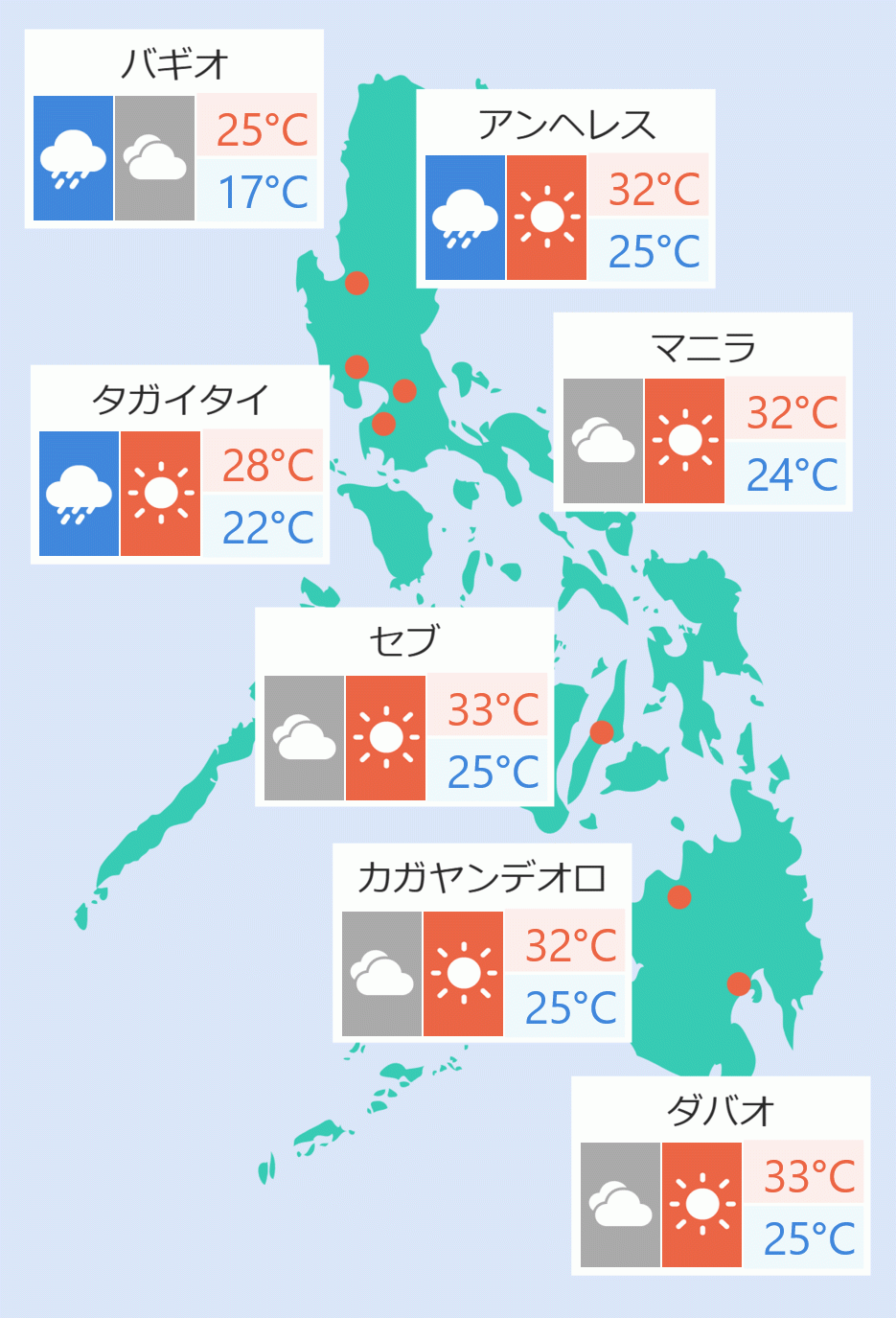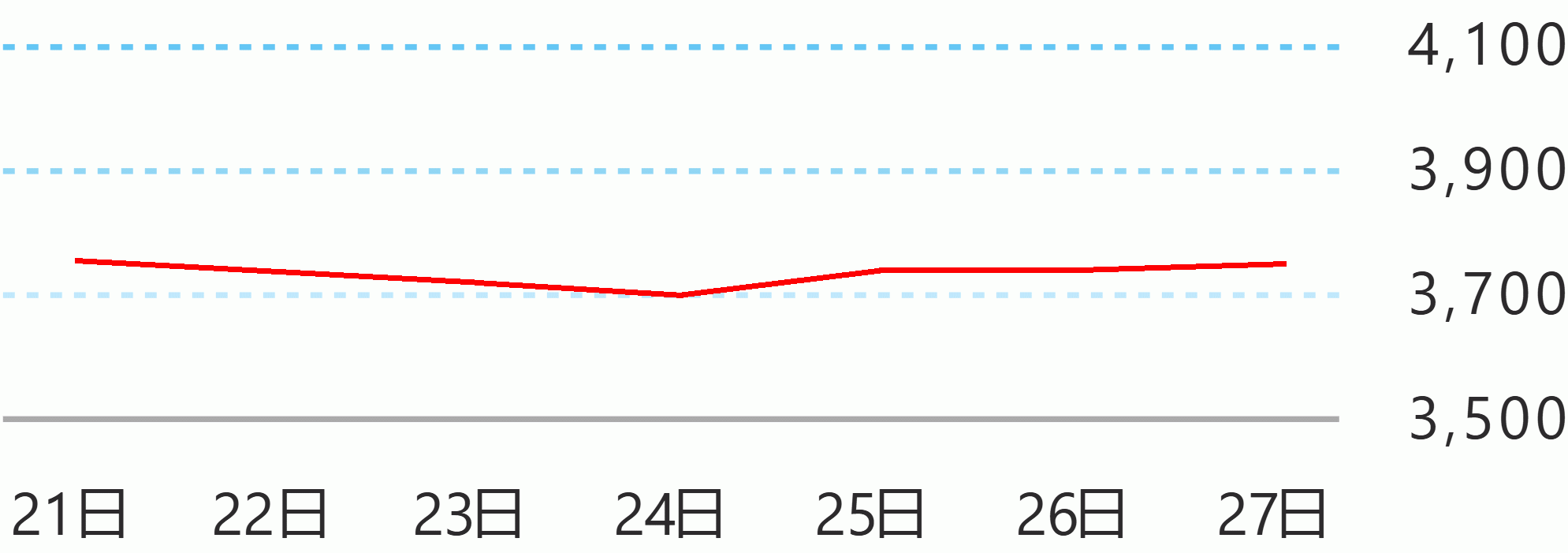Environment and animal welfare groups urged Filipinos not to patronize dolphin shows as they marked the start of what it called the "world's largest dolphin massacre" in a protest in front of the Embassy of Japan in the Philippines on Friday.
Around 40 members of Earth Island Institute Asia-Pacific, Pambansang Lakas ng Kilusang Mamamalakaya ng Pilipinas (Pamalakaya) and Philippine Animal Welfare Society (PAWS) marched towards the Embassy of Japan in Pasay City while shouting "Stop the Kill, Stop the Hunts, Save the Dolphins".
Earth Island Institute Asia Pacific Regional Director Trixie Conception said Friday marked the start of the hunting season of dolphins and whales in Taiji town at Wakayama Prefecture.
Concepcion explained that good quality dolphins were being sold by the Japanese to the oceanarium for as much as $100,000 while others with low qualities were killed and their meats were sold for $500 to $600 per kilo.
"We can prevent the killing of dolphins in Japan, if we're not going to buy tickets to any dolphin show, because it is not just the Philippines that imported dolphins. China also imported a lot of dolphins because many oceanariums are being built in China," she said.
"If we're not going to buy tickets even in China, Hong Kong, Philippines, Europe and the United States, the dolphin hunting in Japan will stop, because that is their main market." she added.
Concepcion and other members ripped the large samples of Subic Ocean Park tickets that symbolized their call for the public to stop patronizing dolphin shows.
Concepcion emphasized that importation happened because of the demand of the aquariums and dolphinariums. However, she also expressed appreciation to the Philippine government officials who listened to their calls that prevented importations of bottlenose dolphins in the country since 2012.
"We are happy that other government officials listened to us. There's only one dolphin park (Ocean Adventure Park in Subic) in the Philippines. It is the one that imported dolphins in 2012 from Japan," she said.
She added that the importation of dolphins from Taiji was also disrupted by COVID-19 and expressed hope that exports are not revived as Concepcion noted the decrease in the monitored number of dolphins captured in previous hunting seasons.
"This year, the stakes are higher than ever. In 2010, the Japanese Fisheries Agency gave permits to capture or kill about 23,000 dolphins and small whales. Last season, 2023-2024, the Japan Fisheries Agency authorized the capture or slaughter of 1,824 dolphins. By the season’s end, 14 dolphins had been captured for marine parks, while 401 were gruesomely killed," said Concepcion.
"The species targeted for captivity include bottlenose dolphins, striped dolphins, and melon-headed whales, while other species, such as Risso’s dolphins and short-finned pilot whales, are slaughtered for their meat," she added.
Concepcion said "the current downward trend of the Taiji dolphin hunts is marked by a significant decline in the number of dolphins captured and slaughtered."
"The overall reduction in dolphin captures and killings has been a consistent trend, reflecting not only the impact of anti-captivity campaigns but also the possible depletion of dolphin populations in the waters around Taiji," she said.
According to the International Marine Mammal Project of Earth Island Institute, a study of Toshio Kasuya, retired Japanese whale biologist, and Robert Brownell, US National Marine Fisheries Service reveals that several populations of dolphins caught off the coast of Taiji are showing concerning signs of depletion. Robina Asido/DMS





 English
English









